What is One Network Management? Finally someone explained it clearly
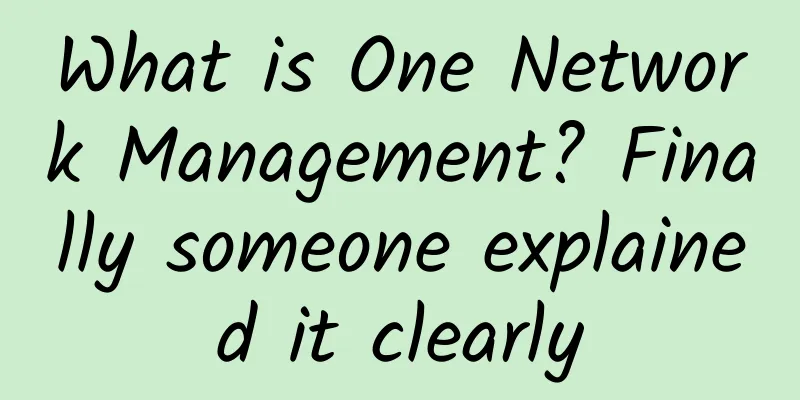
1. Definition of One Network ManagementDefinition: One network for unified management is a collaborative model that connects the business platforms of various urban governance systems, the physical center for managing the entire domain, and the integrated governance forces. Through technological innovation, mechanism innovation and organizational innovation, one network will manage the entire city, one center will manage the entire domain, and one team will manage governance. As shown in Figure 1.1, one-network management not only uses the digital base to connect the data of various departments in the city, but also further connects the business systems of various departments, connecting isolated governance systems (such as emergency network, comprehensive governance network and urban management network) into a network, so that instructions can flow between different departments and complete the efficient and coordinated handling of events. ▲Figure 1.1 Business architecture diagram of one network management At the same time, physical institutions such as the municipal governance command center (or urban operation center) will be set up to connect different types of command centers such as urban management, comprehensive management, emergency response, etc. at the city, district/county, street/township levels, and establish a unified command system and management agency network that extends horizontally and vertically. Finally, through organizational change and innovation, the urban management, comprehensive governance, 12345 and other relevant departments will be integrated with the municipal governance command center, the scattered governance forces will be integrated into an efficient and coordinated team to govern the city, and the power of the masses will be combined to achieve the co-construction, co-governance and sharing of urban governance by the government and residents. 2. Positioning and goals of one network managementThe above definition includes the three positionings and three goals of one network managing everything, namely, to achieve connection positioning at three levels through data instructions, operating mechanisms and organizational management, as well as to achieve the three goals of one network managing the entire city, one center managing the entire region, and one team managing governance. The positioning and goals correspond one to one.
As shown in Figure 1.2a, data integration here is not just about data sharing, exchange, query and call, but also about relying on the digital base to achieve real-time data aggregation and full collection of data from various departments. On the basis of data integration, the one-network unified business middle platform is used to further connect various business systems (such as urban management, comprehensive management, sanitation, etc.), so that instructions and work orders can flow between different business systems, which goes beyond the level of data aggregation and sharing. ▲Figure 1.2 Three positioning and three goals of one network management For example, the data of the urban management and comprehensive management departments are gathered on the digital base, and the two departments can also call on each other's data to support their own business, thus achieving data connectivity; but if the business systems are not connected, the workflows of the two departments are not connected, and the urban management department cannot send business instructions to the comprehensive management department and require them to jointly enforce the law. Only by connecting the data flow and the command flow at the same time and forming an information technology network between business systems can the goal of managing the entire city with one network be achieved.
As shown in Figure 1.2b, different business departments may have established their own command or operation centers in the early stage, such as the Digital Urban Management Center, the Social Governance Command Center and other management agencies. These command centers may even have sub-centers at the district/county and street levels. In addition to connecting business systems through data and instructions, it is also necessary to connect the business logic of different management agencies through operating mechanisms, and establish a three-level linkage command system at the city, district (county), and street levels that extends horizontally to the edges and vertically to the bottom, and combines peacetime and wartime. This allows events to be distributed and transferred among centers of different levels and categories, so that one center can manage the entire region, and different command centers can use this global center to collaborate with each other. For example, the social governance command center can distribute the road occupation business incidents it receives to the digital urban management command center through the municipal governance command center for handling. As shown in Figure 1.2b, a more efficient unified command system is to establish urban comprehensive governance command centers at corresponding levels in districts (counties) and streets, and the command centers at each level are connected to the management agencies at the corresponding levels and then connected to the top municipal governance command center step by step. In this way, cross-system businesses can complete the closed loop at the shared lowest level of the city governance command center, without having to report all of them to the municipal governance command center, which improves the efficiency of event handling. For example, events in different departments within a district can be allocated and handled at the district-level governance command center.
As shown in Figure 1.2c, in order to ensure that the municipal governance command center can play a substantive role, a physical organization is usually established through the Office of the Municipal Organization and Establishment Committee (abbreviated as the Organization and Establishment Office), and the functions of relevant institutions such as digital urban management, grid-based comprehensive management, and 12345 are integrated with the municipal governance command center, so as to achieve governance by one team through the connection of organizational management. 3. Business scope supported by One NetworkFigure 1.3 shows the full scope of urban governance business supported by One Network. The business scope can be further divided into four intervals based on the two dimensions of "involved government management departments" and "whether the business involves government-civilian communication". Only by clarifying the business scope of One Network and being targeted can we further analyze its functions, roles and value. ▲Figure 1.3 The scope of urban governance business supported by one network (1) The first dimension The business scope is divided into two vertical columns according to the government management departments involved.
One column is the modernization of urban social governance led by the Political and Legal Affairs Commission and the Public Security Bureau, which usually involves comprehensive governance and grid management, as shown in the red box coverage in the right column of Figure 1.3. The Central Political and Legal Affairs Commission has approved two phases of pilot projects for the modernization of urban social governance, with 2020-2022 as the first phase and 2023-2025 as the second phase. More than 100 cities have applied for the finalists. Grid management relies on a unified urban digital management platform to divide the city's streets, communities and other management areas into unit grids according to certain standards. By having grid members and other grassroots governance teams inspect the components and events of the unit grids, it realizes administrative management reforms that separate supervision and disposal, share governance resources, and coordinate between urban and rural levels. It transforms the traditional, passive, qualitative and decentralized management of the past into today's modern, active, quantitative and systematic management. It uses digital management methods to realize the digitization of management objects, processes and evaluations, ensuring agile, precise and efficient management; it adopts a scientific closed-loop management mechanism to form a closed loop of the four steps of discovery, filing, dispatch and closure, thereby improving management capabilities and levels.
The other column is the broad urban governance modernization that includes multiple departments such as the Urban Management Bureau, Emergency Management Bureau, Health Commission, Ecological Environment Bureau, Market Supervision Administration, and Development and Reform Commission, as shown in the blue box coverage in the left column of Figure 1.3. According to the country's "five-in-one" overall layout, broad urban governance should cover the five aspects of economic, political, cultural, social, and ecological civilization governance. It is necessary to use digital management methods to link more government departments, establish an agile and efficient cross-departmental closed-loop incident handling mechanism, and realize a management model of resource sharing and force coordination on a larger scale and at a deeper level. The business involved in the broad sense of urban governance is usually cross-departmental. For example, the full-process management of hazardous chemicals involves multiple departments such as the Emergency Bureau, Public Security Bureau, Transportation Bureau, and Environmental Protection Bureau; the high-quality development of the urban economy involves multiple departments such as the Development and Reform Commission, Finance Bureau, Economic and Information Bureau, Taxation Bureau, and Commerce Bureau. No department can describe this topic alone, let alone undertake this business. (2) The second dimension Depending on whether the business involves communication between the government and residents, it is divided into two horizontal rows.
As shown in the upper row of Figure 1.3, this type of urban governance business can be completed through a collaborative closed loop between government departments, without the need for residents to intervene, and is more focused on the government's comprehensive management of the city. For example, if the urban management department finds that the road is occupied for business, it can be handled in a closed loop within the department. The handling of illegal transportation of hazardous chemicals vehicles can be completed through joint law enforcement by the emergency office, the public security bureau, and the transportation bureau. Such incidents do not require citizen participation.
As shown in the light green area in the lower row of Figure 1.3, this type of application involves interaction between the government and residents, and requires an information channel for communication between the government and the people to complete the two-way transmission of information. It usually occurs in scenes such as streets, communities, and towns, and is collectively referred to as grassroots governance. For example, residents actively report to the government through 12345 that there are shared bicycles parked randomly in the community. After receiving the report from the residents, the 12345 center will assign the incident to the relevant departments for disposal, and then the residents can check the status of the incident disposal. Here, 12345 is a channel for residents to report information and view feedback. For example, during epidemic prevention and control, grassroots staff need to collect information on nucleic acid testing and vaccination of community residents. At this time, grassroots staff can use digital tools to set up electronic forms that residents need to fill out, and use this channel to send them to residents; after residents complete the form, the information is deposited on the data platform and can be used by grassroots staff and other departments. Through the above two examples, we can find that this channel is a two-way information channel between the government and residents, but it is not a real-time communication channel. This is based on the following two reasons: first, the number of government staff is far less than that of residents, which cannot meet the needs of real-time communication and instant message replies; second, from the perspective of information security, government staff and residents should use different application terminals and back-end digital systems. Grassroots governance is a basic project for realizing the modernization of the national governance system and governance capabilities. Among them, the representative community governance is also called the last mile and capillaries of urban governance, showing characteristics such as diversified subjects and collaborative governance. The content of community governance includes community services and community care, community safety and comprehensive management, community public health and disease prevention, community environment and property management, community culture and spiritual civilization construction, community social security and community welfare, etc. Although the government plays a leading and decisive role in community governance, there are also entities such as enterprises and even individuals participating in the governance of the community's public affairs through consultation, interaction and co-construction with the government. Finally, as shown in the purple box in Figure 1.3, the intersection of grassroots governance and urban social governance is the safe community, which focuses on community safety and comprehensive governance. This article is excerpted from "Urban Governance: One Network" (ISBN: 978-7-111-70622-9) and is authorized by the publisher. |
>>: The growth of 5G data scale will help the semiconductor industry innovate and upgrade
Recommend
Verizon expands 5G enterprise network to 24 cities in the U.S.
Beijing time, April 16th morning news, the larges...
HostYun: 25 yuan/month KVM-1GB/10G SSD/500GB (including CN2)/Korea VPS
Let's take a look at HostYun's informatio...
15,000 Stars! Programmer's "Internet Swiss Army Knife"!
Introduction CyberChef is a web application for e...
Changes to the Internet in 2018
There are already many articles in the industry p...
The 10 hottest technology keywords in 2018, every move will change the future
The end of 2017 is accompanied by the arrival of ...
Digital Stargazing joins hands with Gu'an Tianxia and Yunti to launch new products to explore the value of security services with big data
[Original article from 51CTO.com] On November 29t...
Samsung bets on European 5G orders to grow network equipment business
Samsung Electronics is pinning its hopes on Europ...
These three essential home gigabit network upgrade strategies
At present, the home broadband access provided by...
How does Huawei Software Development Cloud make DevOps a reality?
DevOps has transformed the workflow and tradition...
On the "Kung Fu" of IT Operation and Maintenance
One day, Master Ma was walking on the street and ...
One year has passed since China's 5G license issuance, and these opportunities and challenges are becoming clearer
With the extensive publicity of the media and the...
5G private network is a big watermelon (Part 3): Difficulty in synthesis
To some extent, 5G private network does not allow...
5G has been promoted for three years, why do some people still insist on using 4G? It turns out that I thought too simply
In recent years, there have been more and more vo...
How can operators gain a foothold in the 5G terminal market?
The release of mobile phones has always been very...
UFOVPS National Day promotion starts at 30% off, top up 200 yuan and get 20 yuan, Hong Kong CN2/Japan CN2 optional
UFOVPS is currently carrying out a National Day p...

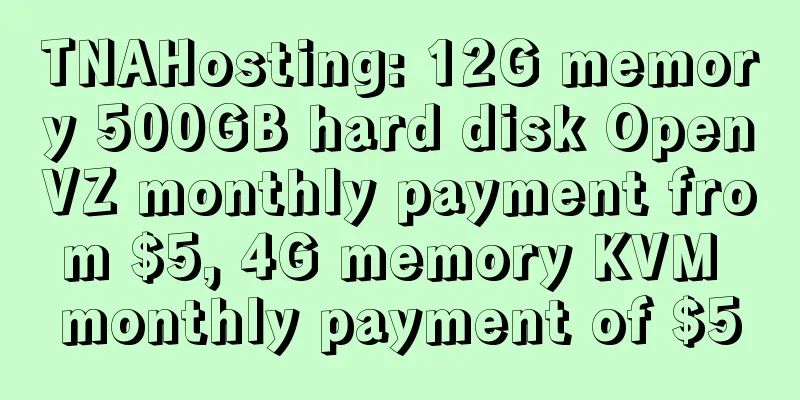
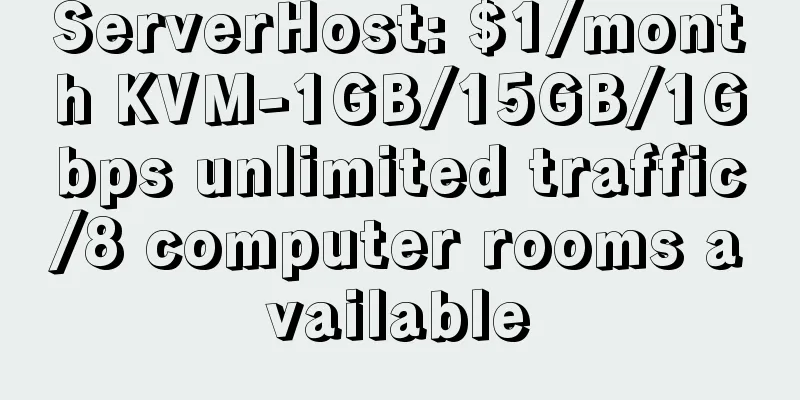


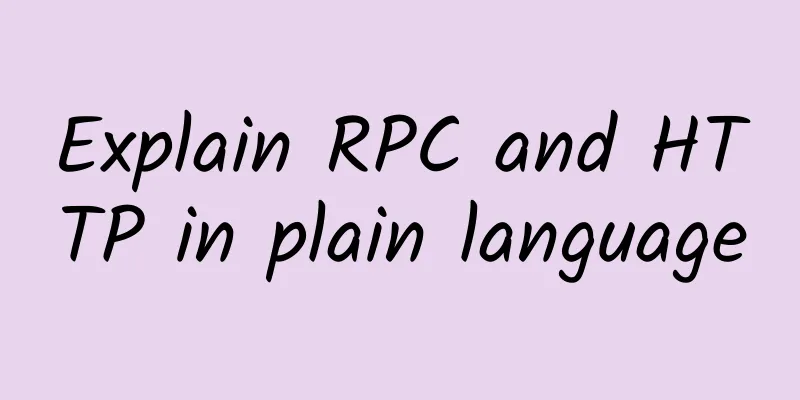
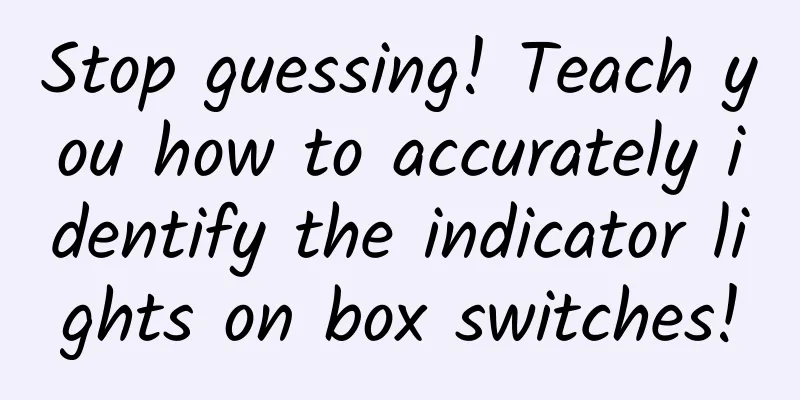
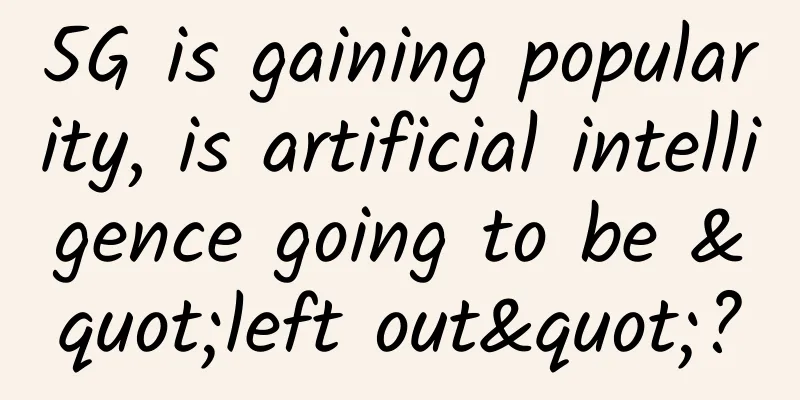
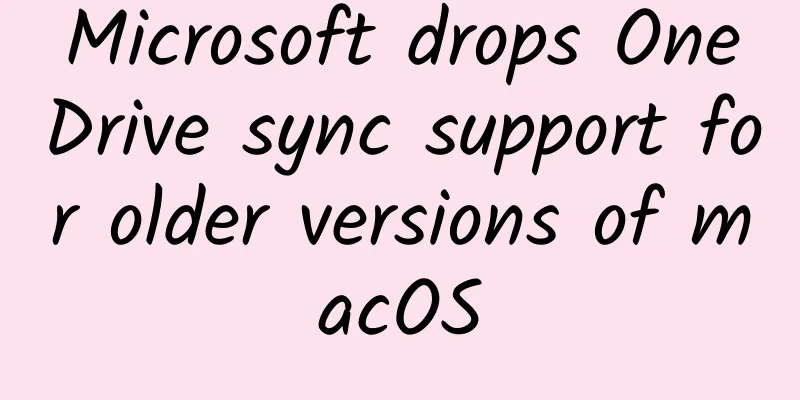
![[11.11] Standard interconnection: 300 yuan/month-8 cores/16GB memory/30+500G hard disk/30M bandwidth/32IP/US data center](/upload/images/67cabd17295d9.webp)